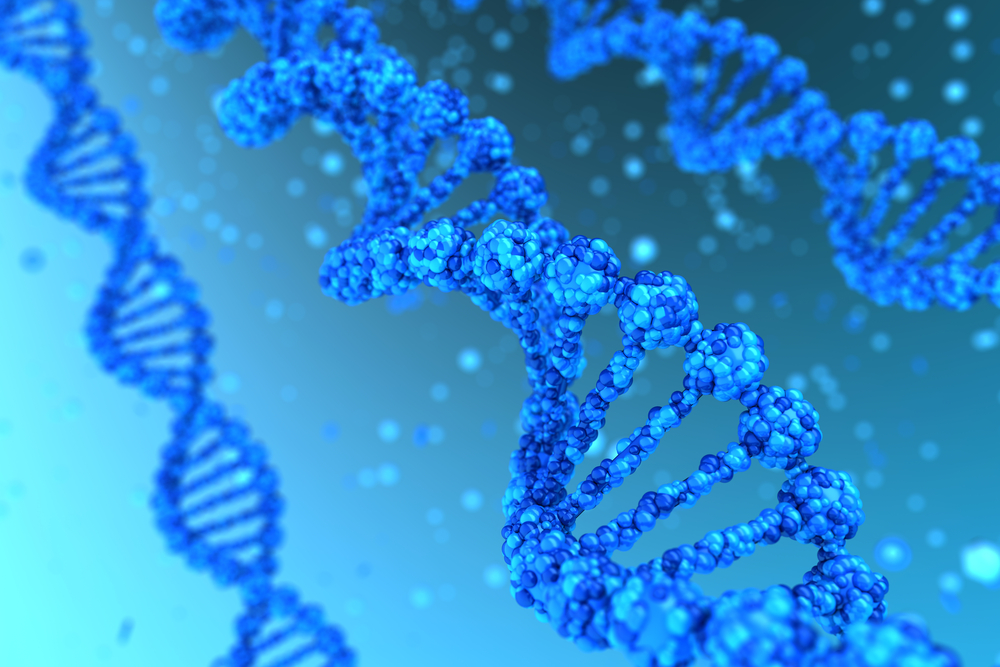Mutation That Interferes with Genetic Instructions May Cause Hereditary ALS, Study Reports

Harvard Medical School researchers have discovered how a mutation of the C9ORF72 gene causes the changes in energy production and nerve cell function that are linked to inherited forms of ALS and frontotemporal dementia, or FTD.
The mutation produces two toxic proteins that can disrupt the normal processing of genetic instructions, the team said.
Researchers published the study in Cell Reports. It was titled “Evidence that C9ORF72 Dipeptide Repeat Proteins Associate with U2 snRNP to Cause Mis-splicing in ALS/FTD Patients.”
The inherited form of amyotrophic lateral sclerosis accounts for roughly 10 percent of cases, and the mutation 30 to 40 percent of those cases and 25 percent of FTD cases.
Researchers knew the mutation produced toxic versions of the small proteins GR and PR, but they didn’t know why they were toxic.
They also knew the proteins affected spliceosomes. These are complexes in cells where RNA genetic information is spliced. Splicing involves cutting down the information and making it ready to be copied into proteins, the molecules that carry out the functions necessary for life.
If the spliceosomes are not assembled properly, then errors are made in processing the proteins. The proteins then malfunction, leading to disease.
The research revealed another piece of the puzzle about how the toxic proteins work. It showed that components of GR and PR called peptides associate with a spliceosome component called U2 snRNP. That association leads to U2 snRNP accumulating in the wrong part of the cell, the cytoplasm, and not in the nucleus, where the spliceosome should be assembled.
“Our findings indicate that the most prevalent mutation found in inherited ALS and FTD creates errors in spliceosome assembly,” Robin Reed, professor of cell biology at Harvard Medical School, said in a press release. “Since splicing is upstream of so many critical cellular functions, a better understanding of this mechanism could illuminate new approaches to help patients with these diseases, which currently have no effective treatments.” Reed was the senior author of the study.
Cells with the C9ORF72 mutation affected proteins that depend on U2 snRNP for normal splicing, researchers discovered. Many of the proteins are involved in cell functions that are believed to be deficient in ALS and FTD, such as genes involved in energy production and in nerve cell structure and growth.
“It was striking how these peptides are so specific to U2 snRNP,” Reed said. “No other cellular processes appeared to be affected, whereas splicing was completely blocked. When these peptides are expressed at high levels, they are completely toxic to the cell, but if they are produced at a low enough level, they can inhibit the splicing of genes that are U2-dependent, which may have some role in the development of disease.
“What we are finding is that disruptions in RNA splicing appear to be a common thread linking these motor neuron disorders,” Reed added. “Much more research is needed, but if we could correct splicing errors with so-called splicing modulator compounds, we could prevent disruptions downstream at sites such as mitochondria, neuronal axons, or the neuromuscular junction.” Preventing the disruptions could be a way of treating ALS and FTD, he said.






